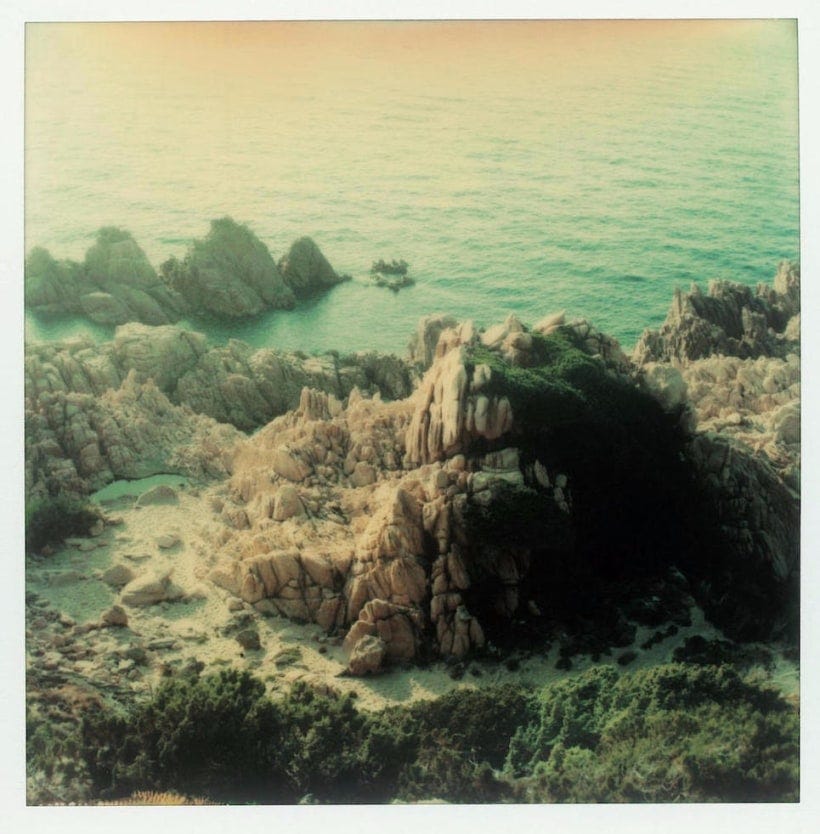Building new cultures
A polaroid photo by Andrei Tarkovsky
In 1555, six hundred men, mainly French Huguenots and Swiss Calvinists fleeing their Catholic persecutors, set out to found a new society off the coast of Brazil.
Their leader was Nicolas Durand de Villegaignon. Villegaignon’s CV included fighting the Turks, the Scots, the Italians, the Arabs, and pirates; he’d been a scientist, an explorer, a mercenary, and, always, an entrepreneur1. It was he who abducted Mary, Queen of the Scots, when Francis II wanted to marry her.
And now, Villegaignon was going to found a new culture.
He called it France Antarctique.
Villegaignon was a Catholic, but when he set out to recruit citizens for his new society, he found it easier to convince Protestants, since they were persecuted by the Catholics, so why not? He took anyone he could find: “rakes, wantons and runaway slaves”. By July 12th, 1555, he’d filled two boats.
He had overlooked only two items: women and supplies.
The French anthropologist Claude Levi-Strauss relates the story of their arrival in the new world in his Tristes Tropiques (1955):
A handful of Frenchmen, after braving every imaginable danger in their attempt to escape from religious strife in France and establish a new community where Catholic and Protestant alike could live under a free and tolerant government, now found themselves alone on a continent as unfamiliar as a different planet, knowing nothing of the geographical circumstances or the natives, incapable of growing food to keep themselves alive, stricken with sickness and disease and depending for all their needs on an extremely hostile community whose language they could not understand, and were caught in a trap of their own making. The Protestants tried to convert the Catholics, and vice versa. Instead of working for survival, they spent weeks in foolish discussions: How should the Last Supper be interpreted? Should the wine be diluted with water before consecration? The Eucharist and the question of baptism gave rise to veritable theological tournaments, after which Villegagnon was either converted or returned to his former faith.
It is hard for me not to read this as an allegory of online communities. The utopian visions, the schisms, the culture wars. There are many people I meet online who feel frustrated by the societies they were born into and dream of forming new societies “in the cloud and let it rain down on earth” as offline communities, perhaps network states. Many will end up like France Antarctique. I’ve seen a few attempts up close. It’s not been pretty: mold-infected houses, bullying, and endless meetings. Shaping a new and healthy culture is hard.
Yet, in a way, you have to shape the culture, whether you like it or not. You already do. You already live in a culture of your own making—a culture you summon by curating your social graph, choosing where you work, who you talk to, their norms and practices, the information you feed the algorithms, and what you let the algorithms feed you. The culture you live in, the one that shapes and supports you, is not the one you inherited from your parents, and it is not the same as the cultures that shape and support your siblings. You live in France Antarctique. You have to make it work.
What are the characteristics of a functional culture?


